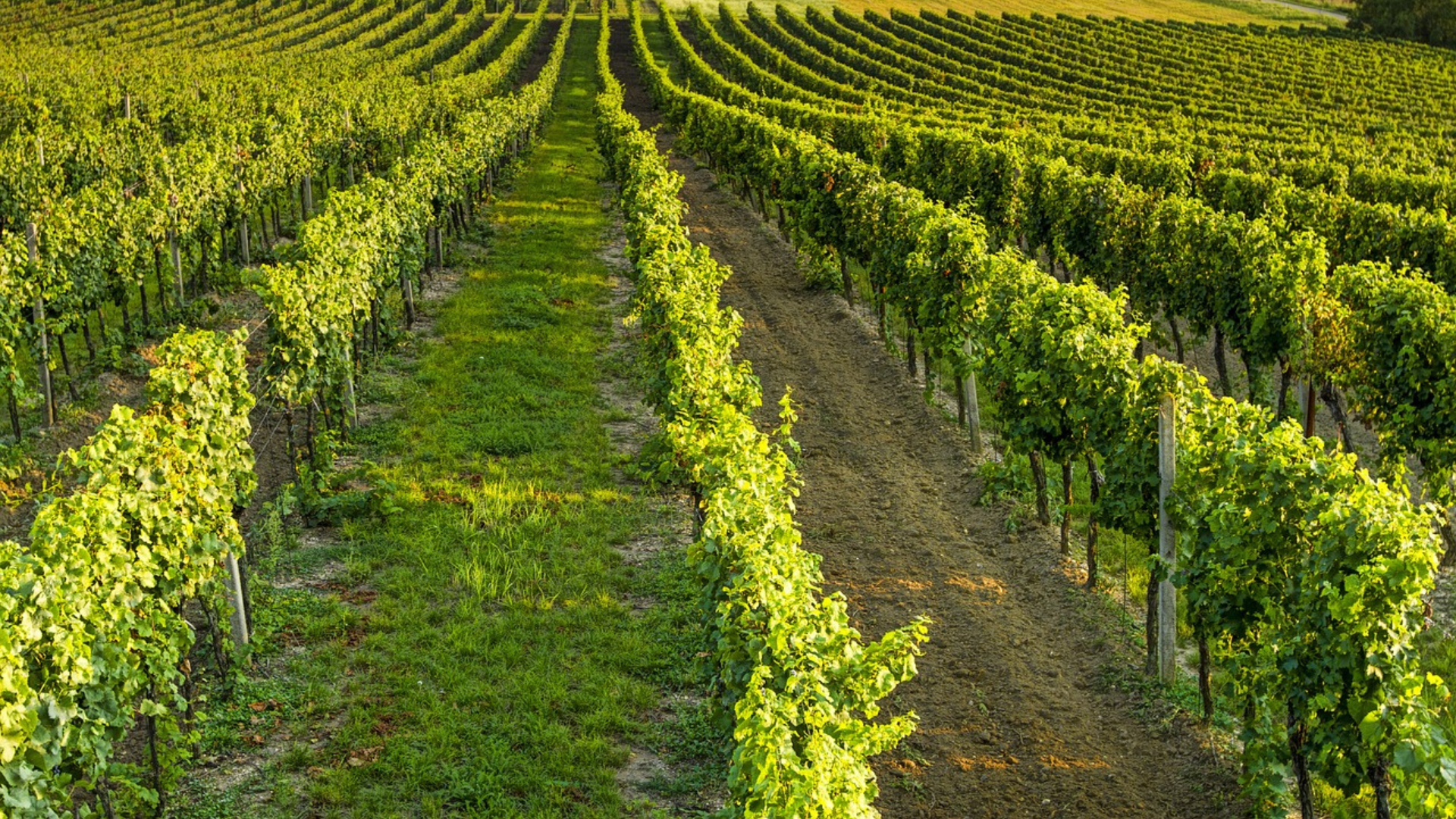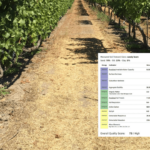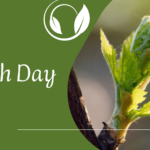Want to Make Great Wine? Start with Proper Vineyard Management.
Producing great wine begins with well-ripened, healthy grapes, and that requires careful vineyard management throughout the year. The timing and approach for each task depend on various factors, such as the climate, weather, grape variety, and the size of vineyard. Here’s an overview of essential vineyard work activities that contribute to grape health and wine quality.
Key Vineyard Work Activities
Pruning: The First Step for Healthy Vines
Pruning grapevines is essential for maintaining vine health and ensuring a productive grape harvest. Depending on your vineyard’s environmental conditions, the size of the vineyards, and the pruning team, pruning is typically carried out between December and March in the Northern Hemisphere, while in the Southern Hemisphere, it usually takes place between June and August. The process involves cutting most of the one- and two-year-old wood, along with older wood if necessary, to encourage strong vine growth.
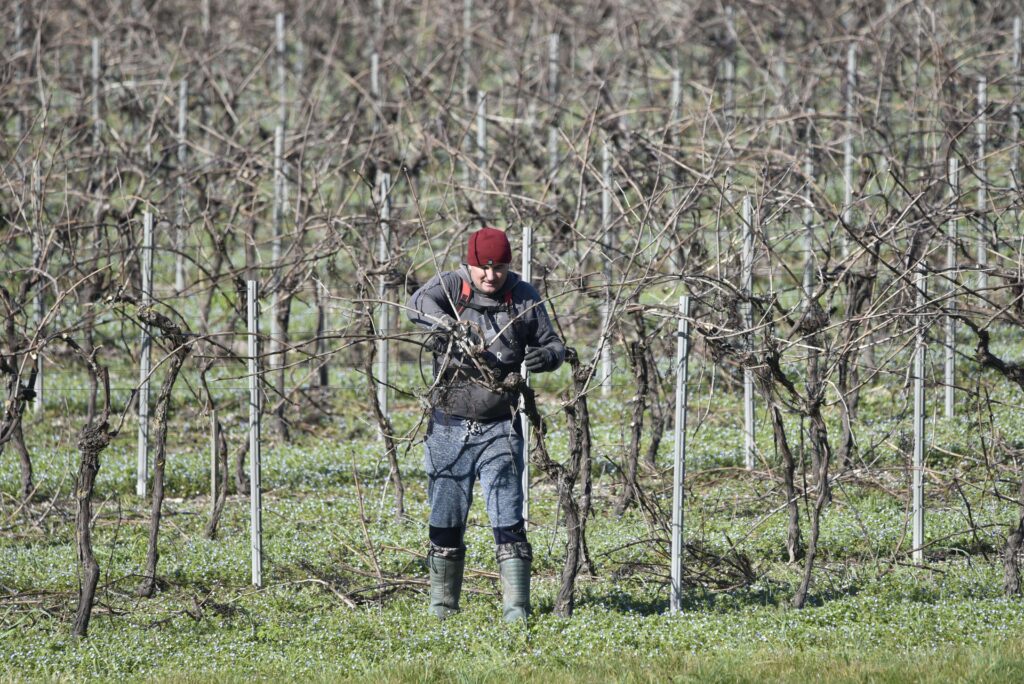
Managing Vines: Maintaining Healthy Canopy Growth
Vine management is vital to ensure balanced grape production and high-quality wine. After bud break, shoots grow rapidly, and before the end of the spring, it’s time to tie the shoots to the wires. Depending on the weather conditions, blooming typically occurs in late spring and early summer. In summer, tasks like leaf trimming, leaf thinning, shoot thinning, shoot positioning, and cluster removal help improve airflow and sun exposure.
Read also: Grapevine Cluster Zone Leaf Removal
Fertilization: Providing Essential Nutrients
Fertilization doesn’t need to be done yearly but should be based on soil and leaf analyses. Applying the right amount of nutrients based on these tests supports optimal vine growth and grape production. Fertilizing at the right time helps ensure that the vines have access to all the necessary nutrients for strong and healthy growth.
Vineyard Floor Management: Supporting Vine Health
Managing the vineyard floor during the growing season is crucial. Practices like soil loosening, mulching, and weeding prevent competition for water and nutrients. As grape berries develop, floor management practices ensure that weeds don’t compete with the vines for vital water resources, especially in the hot summer months.
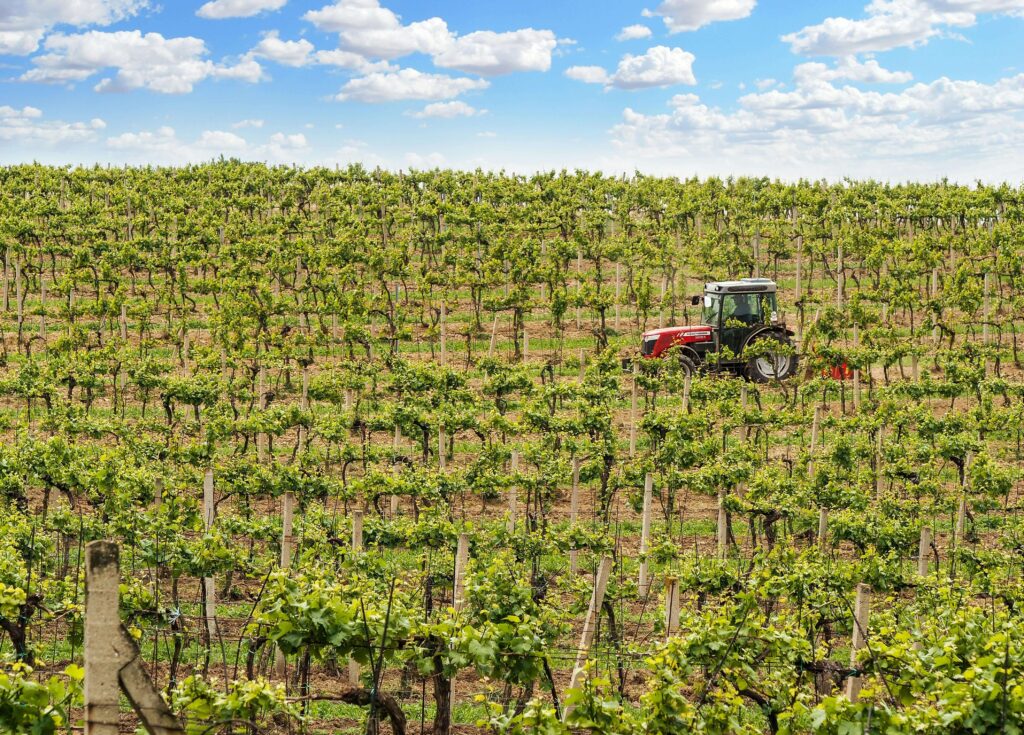
Disease and Pest Control: Protecting Your Crop
Throughout the growing season, monitoring and controlling diseases and pests is crucial. Spring and summer are the most critical times for pest control in vineyards, as this is when pests are most active, and diseases can spread quickly. Constant monitoring of the vineyard’s pest and disease levels helps winegrowers act quickly to prevent damage.
Read also: 5 tips to optimize spraying in vineyard
Harvest: Knowing the Right Time for Picking
Harvesting grapes at the right time is key to achieving the best quality wine. Timing varies depending on the climate, weather, and grape variety. In the Northern Hemisphere, harvest typically occurs between August and October, while in the Southern Hemisphere between March and April. The ideal harvest time is determined by the sugar and acid levels in the grapes, ensuring the perfect balance for winemaking.
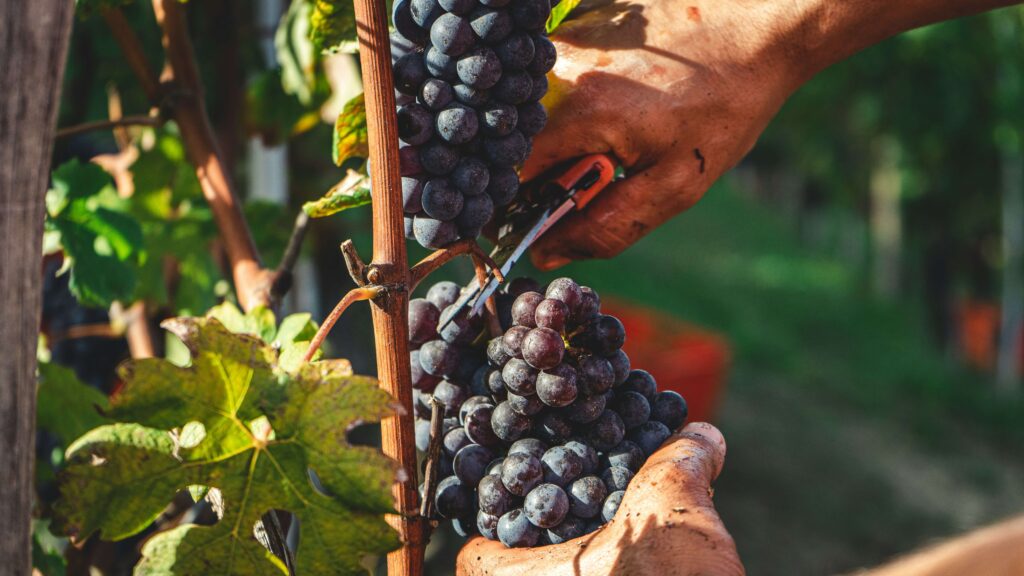
Read also: Get ready for grape harvest
Conclusion
The success of wine production depends on effective vineyard management throughout the growing season. From pruning to disease control, each step is essential for maintaining vine health and ensuring the quality of the grapes. By following best practices, winegrowers can cultivate high-quality, healthy grapes that are key to producing excellent wine.
Sources:
- Jeff Cox. From Vines to Wines, 5th Edition: The Complete Guide to Growing Grapes and Making Your Own Wine. 2015.
- Different manuals for winegrowing
- Featured image: by Jindra Jindrich from Pixabay
Updated, January 2025

